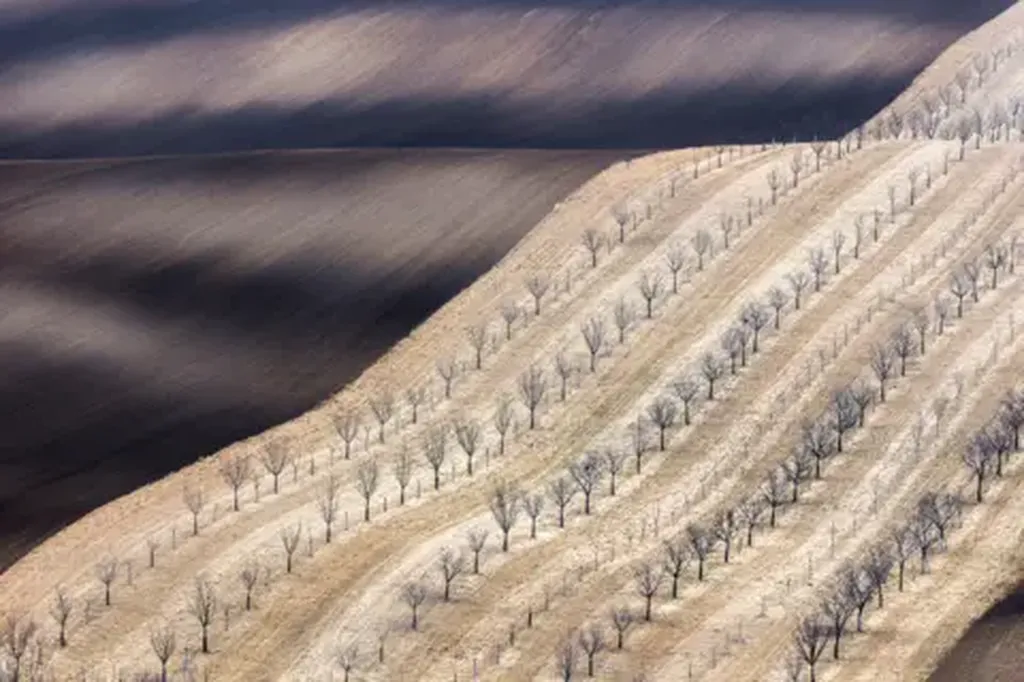In the heart of Nigeria, where the rhythm of agriculture beats strongest, a silent battle is being waged—not against pests or diseases, but against the very ground that sustains the crops. As climate change casts its long shadow, traditional and modern soil conservation practices are being scrutinized for their efficacy and applicability. A recent review published in the journal *Почвознание, агрохимия и екология* (Soil Science, Agrochemistry, and Ecology) sheds light on this critical issue, offering insights that could reshape agricultural practices and, by extension, the energy sector.
Dr. H. E. Ahamefule, a researcher from the Department of Agronomy at the University of Ilorin, has delved into the annals of agricultural literature, spanning from 1937 to 2015, to compare traditional and modern soil conservation methods. The findings are a mix of the familiar and the surprising. Traditional practices like stone lines, planting pits, and shifting cultivation have been the backbone of local farming communities for generations. “Local farmers have continued their use because it’s working for them,” Ahamefule notes, highlighting the practical wisdom embedded in these age-old techniques.
However, the scientific community has yet to verify the efficacy of these traditional methods through rigorous research. This gap underscores a broader challenge: the disconnect between local knowledge and scientific validation. Meanwhile, modern approaches such as agroforestry, plastic mulching, modern tillage, and improved fallow have shown promising results in scientific studies. Yet, their high cost and unfamiliarity to local farmers pose significant barriers to adoption.
Ahamefule’s research reveals a compelling trend: modern approaches that are homegrown and synthesized from traditional techniques tend to be more widely adopted. This suggests that the key to successful soil conservation lies in bridging the gap between traditional wisdom and modern innovation. “The modern approaches, particularly when homegrown, have shown proven positive effects on local soils,” Ahamefule explains, pointing to the potential for a harmonious blend of old and new.
The implications for the energy sector are profound. Sustainable agriculture is intrinsically linked to energy production, particularly in regions where biofuels and other agricultural byproducts play a significant role. Effective soil conservation practices can enhance crop yields, ensuring a steady supply of raw materials for bioenergy production. Conversely, practices inimical to soil conservation, such as sand mining and paving, could have adverse effects on both agricultural productivity and energy sustainability.
As climate change continues to alter the agricultural landscape, the need for effective soil conservation practices becomes increasingly urgent. Ahamefule’s research calls for a balanced approach, one that leverages the strengths of both traditional and modern methods. By doing so, we can not only safeguard our soils but also pave the way for a more sustainable and resilient agricultural future.
In the words of Ahamefule, “With projected future adverse effects of climate change, practices that are inimical to soil conservation like sand mining and paving should be regulated by legislation whereas dredging of waterways, practices that increase soil infiltration capacities and dune stabilization and protection should be adopted.” This call to action resonates beyond the fields of Nigeria, offering a blueprint for soil conservation efforts worldwide.
As we stand on the precipice of a changing climate, the lessons from Nigeria’s soil conservation practices offer a beacon of hope. By embracing a holistic approach that values both tradition and innovation, we can cultivate a future where our soils—and our energy systems—thrive.

